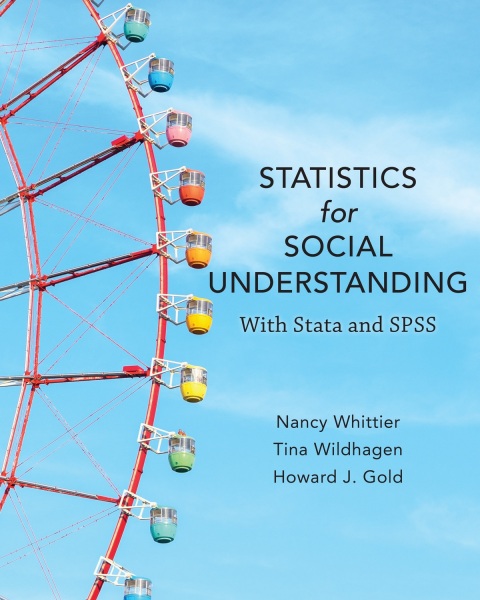As the size of the gig economy (i.e., work arrangements that depart from traditional job arrangements and
Question:
As the size of the gig economy (i.e., work arrangements that depart from traditional job arrangements and rely more on short-term contracts) increases, observers have debated whether this represents a turn toward more freedom and autonomy for workers or a dangerous loss of job security. A recent study estimates that 60% of adults see the growth of the gig economy as more negative than positive. Three colleagues want to know if gig economy workers themselves are just as likely as everyone else to see the gig economy as generally negative. They intend to conduct a one-sample hypothesis test to determine the answer to this question.
a. The null hypothesis for the test is that the proportion of gig economy workers who feel negatively about the gig economy is equal to the proportion of people overall who feel that way. But, the three colleagues disagree on what the alternative hypothesis should be. They find that their differences are irreconcilable. They go their own ways and conduct their own tests. The first colleague sets up the alternative hypothesis like this: Ha: π ≠ .6. The second opts for Ha: π > .6. The third colleague prefers Ha: π < .6. Explain in words what each of these alternative hypotheses means.
b. Which of the three alternative hypotheses do you think makes the most sense? Explain your answer.
c. Use the normal table to find the z-score associated with an alpha-value of
.05 for each of the three alternative hypotheses. Explain why the z-scores differ between the one-tailed tests. Explain why the z-score is different for the one-tailed tests compared to the two-tailed test.
Step by Step Answer:

Statistics For Social Understanding With Stata And SPSS
ISBN: 9781538109847
2nd Edition
Authors: Nancy Whittier , Tina Wildhagen , Howard Gold





